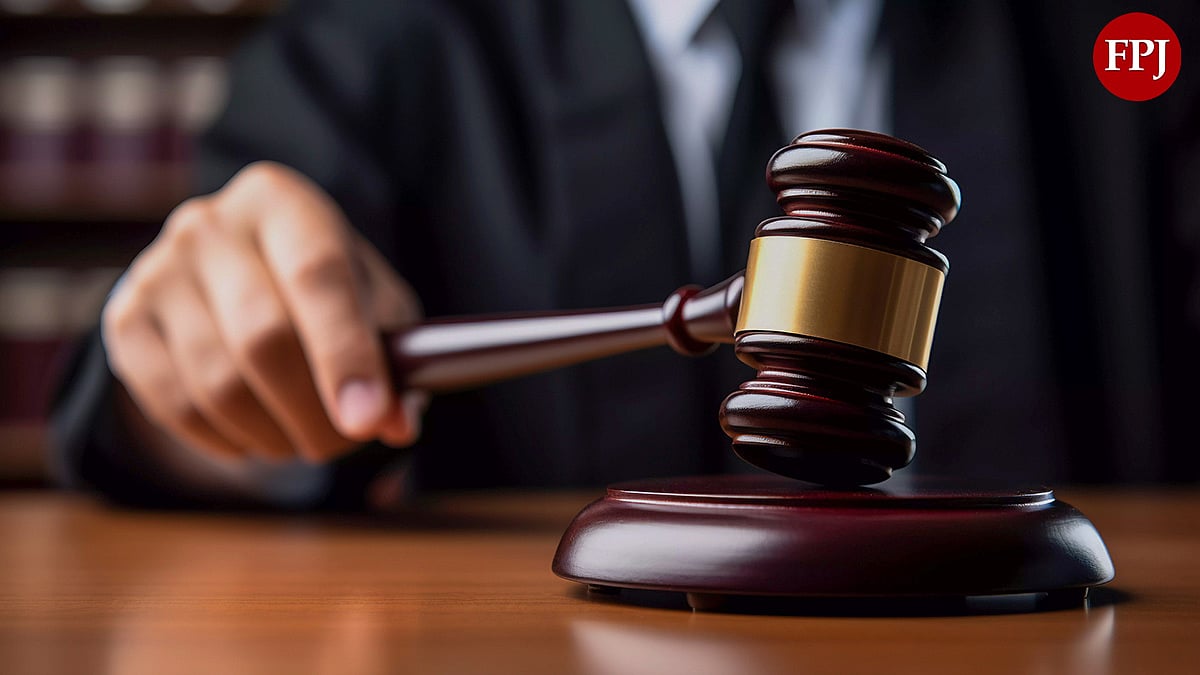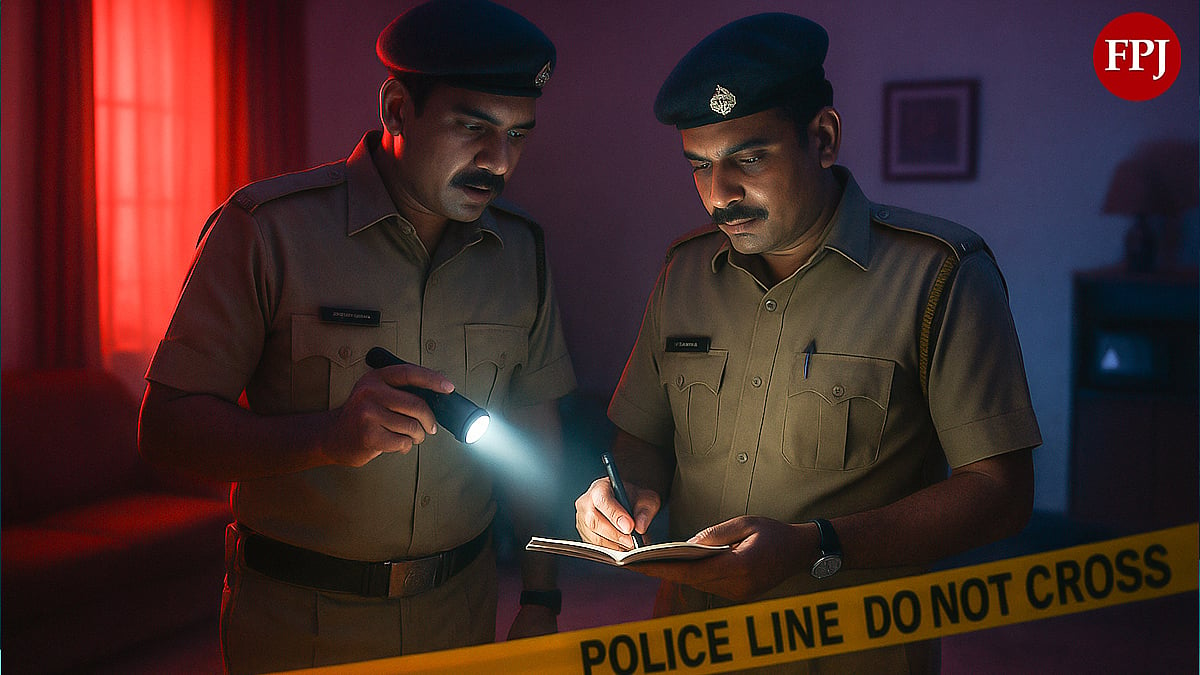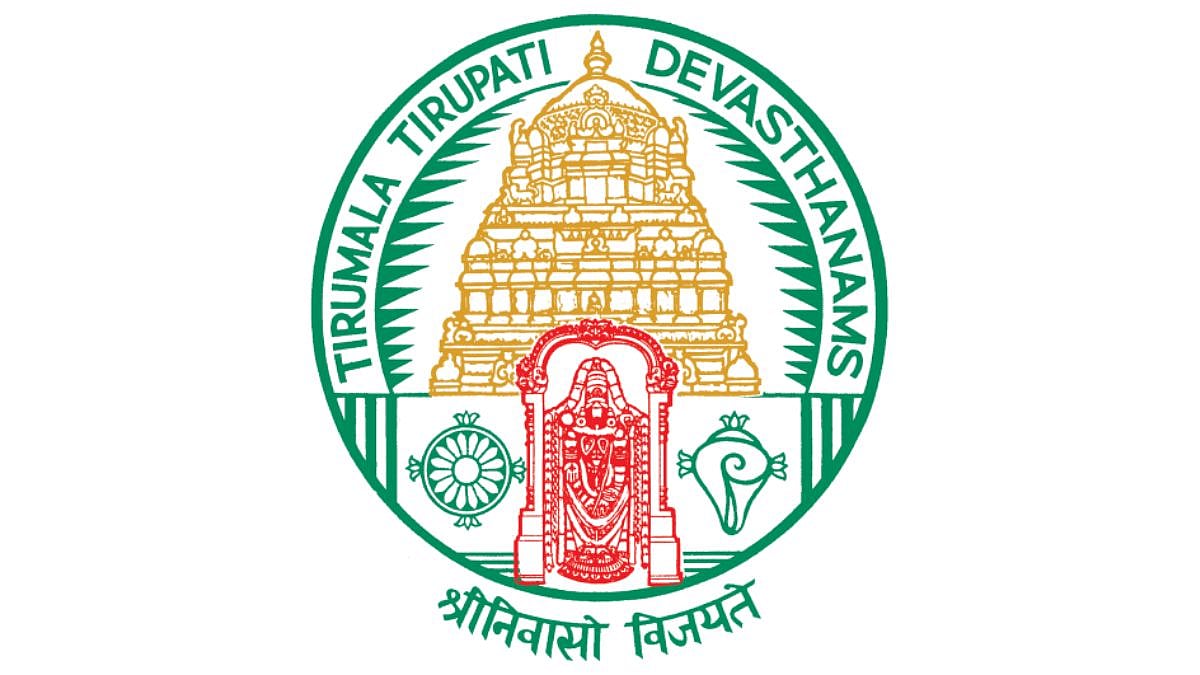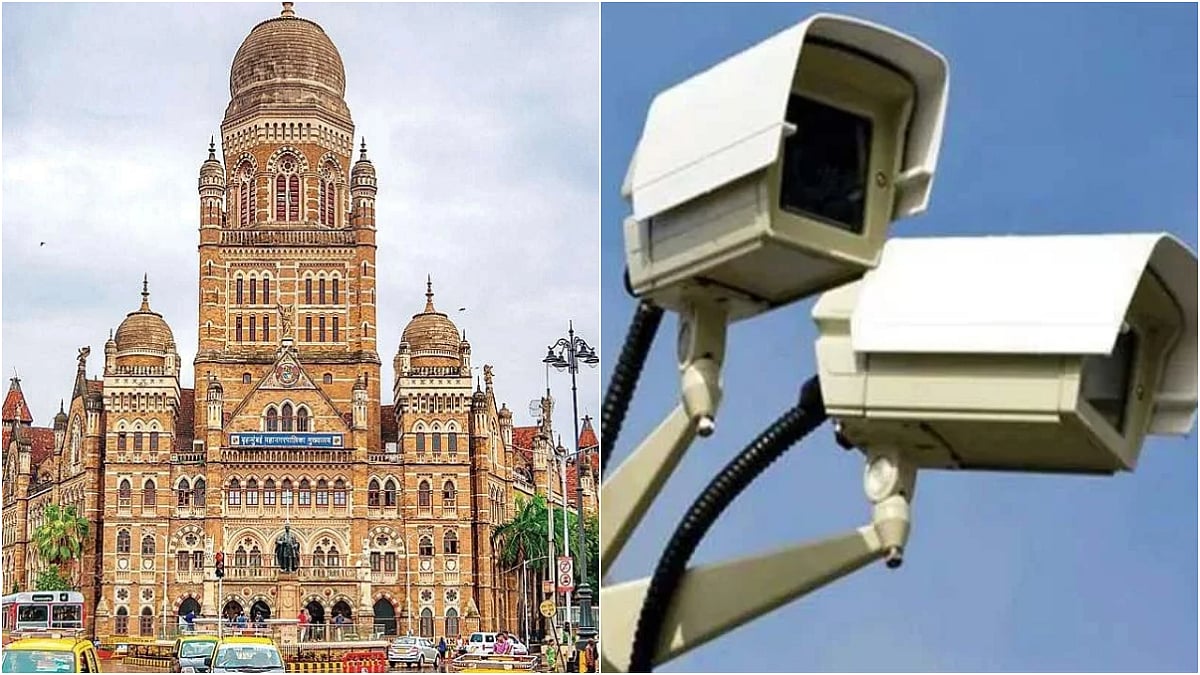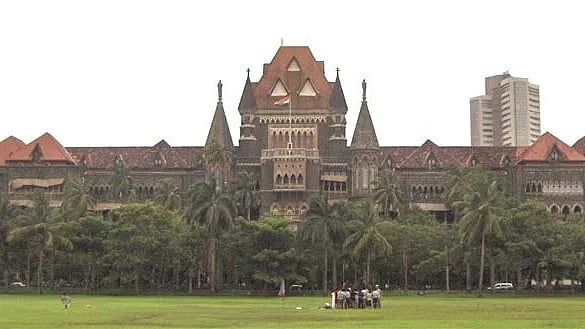In the past 11 months, the Central Railways (CR) and Western Railways (WR) saved around three crore litres of diesel, amounting to around Rs 275 crore.
This reduced Co2 emissions by approximately 7.5 crore kg, through the adoption of a head-on generation (HOG) system. The conversion of 225 rakes from the end on generation (EOG) system to HOG also increased the carrying capacity of over a hundred trains that ply on CR and WR networks by replacing the generator power cars with passenger coaches.
In the HOG technology, power is fed from a 3-phase electric locomotive, which draws the power directly through electric traction from the pantograph, to meet the power supply requirements in the coaches of mail express trains i.e. air conditioners, electric bulbs, fans and pantry etc. Hence one power car (DG set) can be replaced by a passenger coach, thus augmenting the capacity of the trains.
“The LHB type coaches are best suited for adoption of HOG technology. As of date, CR holds 75 LHB rakes, all of which are HOG compliant. Thereby, CR saved 1.35 crore litres of diesel, valued at Rs 87.77 crore during the current year from April 2021 to February 2022,” said Shivaji Sutar, CR's chief public relations officer. Similarly, 125 rakes of WR have been converted to the HOG technology. These HOG rakes are hauled by HOG-enable electric locomotives and result in savings of 2.73 crore litres of diesel, valued at approximately Rs 148.50 crore, and eliminate the need to operate DG sets in these 125 rakes.
The move has also resulted in reduced noise and air pollution and offered substantial reductions in HSD (high-speed diesel) consumption between April 2021 to February 2022. “It's a good move. At about 2.5 kg of Co2 emissions per litre of diesel, a lot of unnecessary emissions will be prevented. Many such avenues should be identified,” said Rishi Aggarwal of the Mumbai Sustainability Centre.
Hence saving around 3 crore litres of diesel consumption reduced Co2 emissions by approximately 7 crore kg.

